
views
Preparing the Area for Restoration

Select an area of the garden where you can grow the green crop. If you don't have a lot of space, consider leaving a garden bed fallow and growing the crop in place of your usual flowers or vegetables for one season.
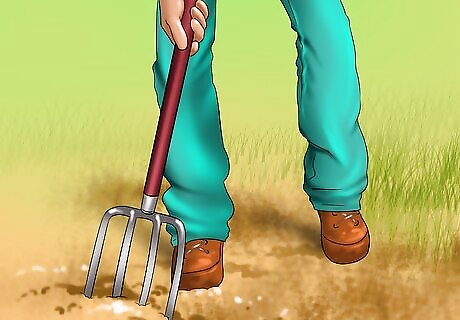
Weed the area well. Any weeds left will compete with the green manure crop.
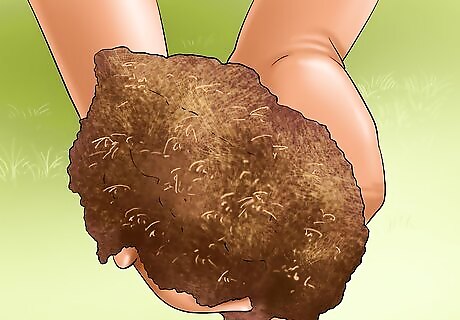
If the soil has deficiencies, correct these. However, do not correct nitrogen deficiency. If using legumes (the most commonly used crop for green manure), the soil should be approximately 6.5 to 7.6 pH. For the greatest benefit, compost the soil about 30 days prior to growing the green manure crop.
Sowing the Seeds
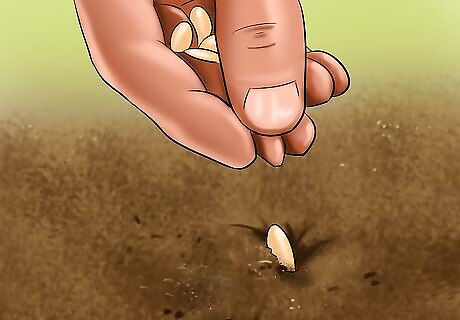
Sow seed across the area chosen, in either late autumn (fall) or early winter. A good time to sow is early autumn, to catch the warm soil. Sow to a depth of about two to three times the seed's width (or follow the packet instructions).Legume seeds are the best choice - look for alfalfa, clover or lupins. Generally good seeds for green manure crops: Alfalfa, cereal rye, agricultural mustard and Banner fava beans. Specialized seeds: Alsike clover (for very deficient soils); fodder radish (for deep nutrient retrieval and a huge amount of green manure); wooly pod vetch (hardy, good in dry and drought or for poor soils); foul maddummas beans (good with heat). Food producing seeds that double as green manure: Barley, oats, hard red spring wheat, etc. Seeds suitable for cool season sowing: Fenugreek, fava bean, oats, lupin, woolly pod vetch and subclover. Seeds suitable for warm season sowing: Millet (French white or Japanese), mung bean, buckwheat, cowpea, lablab and soybean.
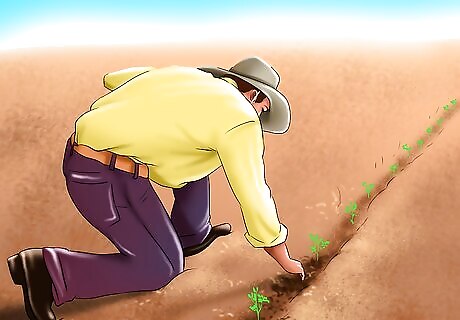
Choose to either plant in rows or broadcast (spread) the seeds. This may depend on the seed or your preference for working through the area when ploughing (plowing) it back into the soil. If broadcasting, don't toss all the seeds at once; toss with care, then keep some seed back to infill gaps.
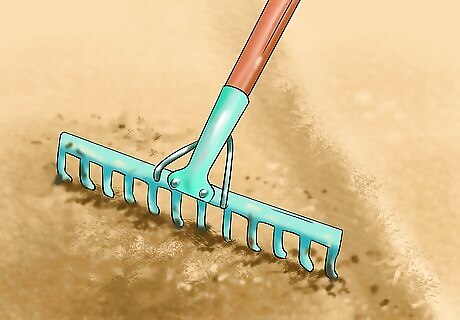
Rake the seeds into the soil. Firm down the soil. (If wished, tamp down with a flat board, to remove air spaces in the soil). Then water thoroughly.
Ploughing Back into the Soil
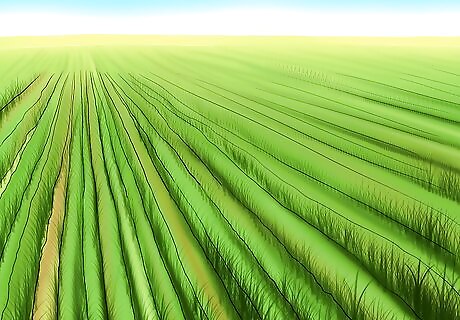
Allow the crop to grow. Be sure to water it sufficiently. The time for the crop will depend on the seed chosen. In both cases, read the standard the packaging for irrigation needs and expected maturation times.
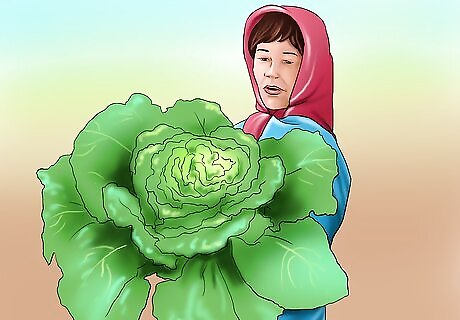
Once the crop has almost matured but before it tries to go to seed, chop it down. Allow it to wilt on top of the soil, then plough (plow) or dig it back into the soil, to a depth of around 25cm or 10 inches. The nitrogen-fixing bacteria found in the root nodules of the legume crop will be ploughed (plowed) back into the ground and will help break down the plants. As this happens, the soil structure improves markedly. Digging in is not strictly essential. If you'd prefer the green manure matter to simply break down, it can be used as mulch.




















Comments
0 comment